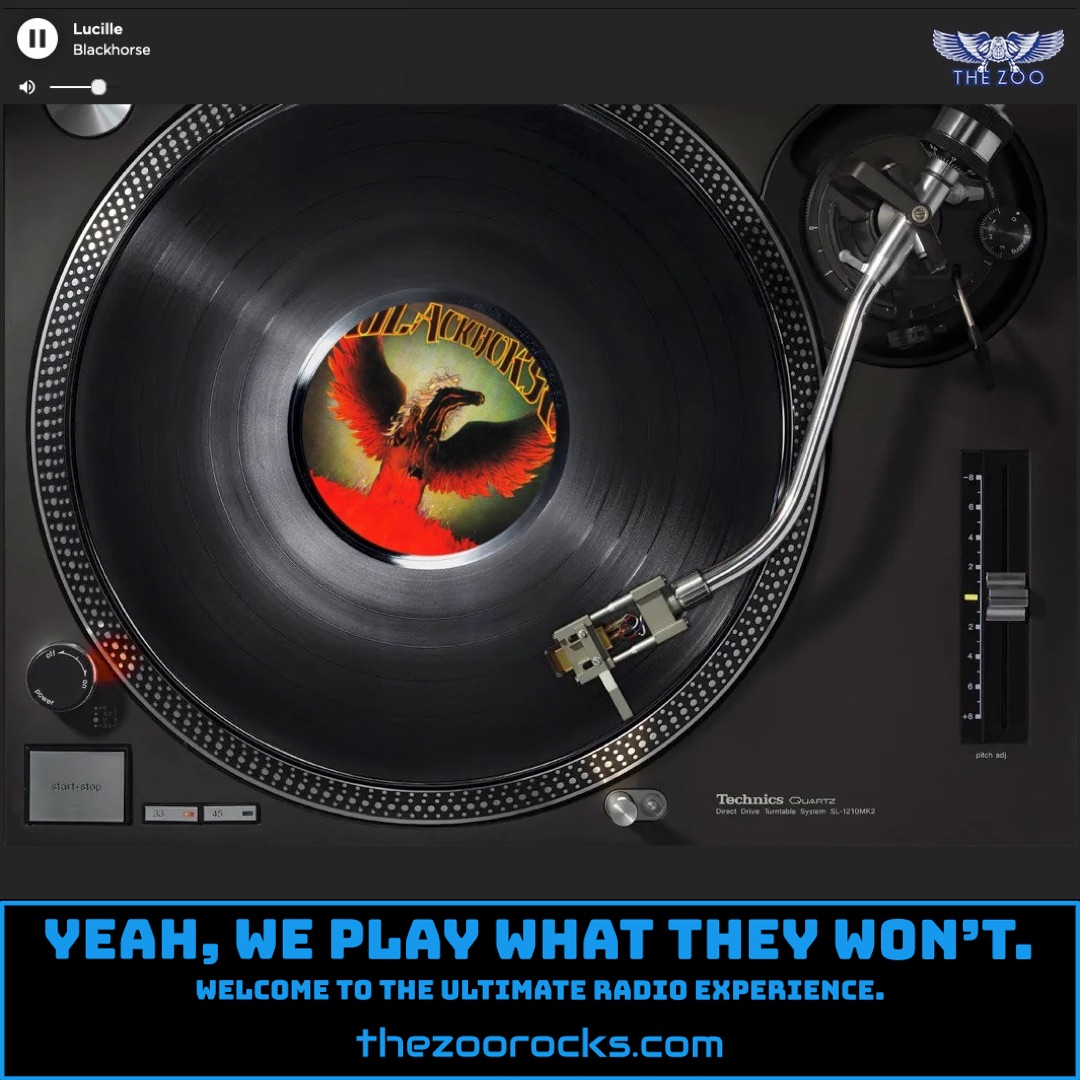Shambala
B.W. Stevenson
The song "Shambala" by B.W. Stevenson, featured on his 1973 album My Maria, has a fascinating backstory tied to its near-simultaneous release with a more famous cover. Written by composer Daniel Moore, "Shambala" was first released by Stevenson in February 1973, but just two weeks later, Three Dog Night dropped their version, which soared to #3 on the Billboard Hot 100, overshadowing Stevenson’s, which peaked at #66. The lyrics, inspired by the mythical kingdom of Shambhala from Tibetan Buddhism and Alice Bailey’s A Treatise on White Magic, paint a utopian vision of kindness and joy. Moore noted in a 2014 interview with DJ Robynn James that Stevenson sometimes got mistaken credit for writing "Shambala." When Moore confronted him in 1987, Stevenson grinned and quipped, “I never said that I wrote it,” adding, “But I also never said that I didn’t write it.” This playful ambiguity became a running joke between them. Interestingly, Stevenson’s version, with its steel-string acoustic twang and Southern accent, leans into country pop, distinguishing it from Three Dog Night’s rock polish. In South Africa, Stevenson’s version actually outperformed Three Dog Night’s, hitting #8 compared to #13.
Frustrated by "Shambala"’s overshadowed release, Stevenson and Moore teamed up to rework the song into what became Stevenson’s biggest hit, "My Maria." They rewrote the lyrics to transform "Shambala"’s spiritual vibe into an ode to a beautiful woman, keeping a similar drawn-out refrain that showcased Stevenson’s vocal prowess. Released in July 1973, "My Maria" climbed to #9 on the Billboard Hot 100 and hit #1 on the Adult Contemporary chart, cementing Stevenson’s place in music history. The track, featuring guitar work by session legend Larry Carlton, was later covered by Brooks & Dunn in 1996, becoming a #1 country hit and earning a Grammy. Fans on platforms like YouTube have shared fond memories of hearing Stevenson’s "Shambala" on AM radio, with some preferring its raw, folksy charm over the glossier Three Dog Night version. The song’s legacy endures, with rare covers by artists like Rockapella and a 1994 dance hit by South African musician Dr Victor.
B.W. Stevenson, born Louis Charles Stevenson on October 5, 1949, in Dallas, Texas, kicked off his music career in a vibrant local scene. Nicknamed “Buckwheat” (hence the “B.W.”), he grew up attending W.H. Adamson High School alongside future music luminaries like Michael Martin Murphey and Ray Wylie Hubbard. As a teen, Stevenson played in various rock bands, honing his craft before joining the U.S. Air Force. After his service, he settled in Austin, where the city’s thriving club circuit became his proving ground. His soulful voice and knack for blending folk, country, and rock caught the attention of RCA Records, which signed him and marketed him to country audiences. His 1972 self-titled debut and follow-up Lead Free laid the groundwork, but it was 1973’s My Maria album that broke through, driven by the title track’s success. Stevenson’s easygoing charm and humor shone through in performances, like his 1974 taping for the intended pilot of Austin City Limits (though poor recording quality led to Willie Nelson’s episode airing instead). He continued performing at venues like Austin’s Armadillo World Headquarters and opened for Waylon Jennings in Dallas, leaving a lasting impression until his untimely death in 1988 at age 38 from complications following heart valve surgery.
Since B.W. Stevenson passed away, he does not maintain active official social media accounts or a personal website. However, fans can explore his music and legacy through platforms like Apple Music or Discogs, which catalog his discography, including the My Maria / Shambala vinyl. No official website dedicated to Stevenson exists, but fan-driven sites like Napathon offer tips for collecting his rare recordings, such as his Christian album Lifeline or compilation tracks like “A Special Wish” on The Texas Christmas Collection. On social media, there are no verified B.W. Stevenson accounts on Facebook, Instagram, or X, but fans occasionally share memories on X, like a 2023 post from @TracesofTexas noting “My Maria”’s Texas roots and its Brooks & Dunn video filmed in Big Bend Ranch State Park. Dedicated fan groups are scarce, but Facebook groups for 1970s music or Texas artists sometimes discuss Stevenson’s work, and sites like Rate Your Music host fan reviews praising his country rock style. These platforms keep the Zoo Freaks’ love for Stevenson’s “Shambala” alive.

